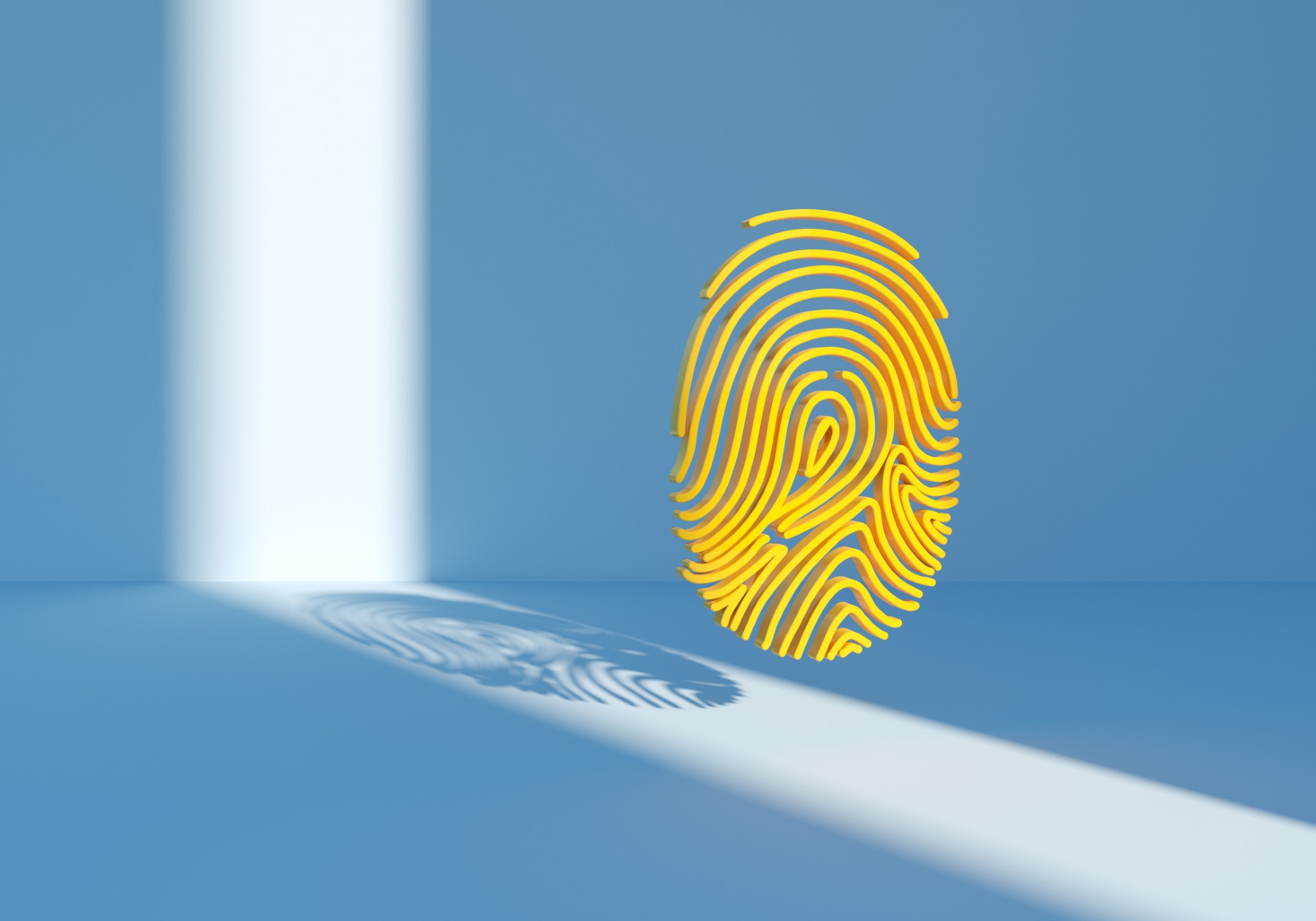Selling to the Subconscious
Neuromarketers make the case for brain scans and other biometrics in the marketing tool box

Twenty years ago, Samuel McClure, a neuroscience PhD student at Baylor College of Medicine in Texas, wanted to test how well functional magnetic resonance imaging (fMRI) would perform in a marketing setting. At the time, fMRI, which measures brain activity, was a recent technological development rarely tested in non-medical situations. So McClure and his colleagues set up an experiment involving two American product icons: Coca-Cola and Pepsi.
Both sodas are brown, carbonated sugar water with a nearly identical chemical composition — the big difference is brand association, with Coke’s being much stronger. McClure first asked study participants what soda they preferred. He then had the participants taste test the two sodas while lying down with their head in a brain scanner. Individual squirts of Coke and Pepsi were delivered through plastic tubes held in their mouth.
McClure found that their neural responses matched the soda preferences they initially reported, which was interesting enough. But when participants were shown an image of a Coke can before sipping Coke, significantly greater brain activity was observed in their hippocampus and midbrain compared to when the Coke test was preceded by a circle of red or yellow light. (Alas, brain imagery showed no brand bump for Pepsi.)
McClure’s simple experiment showed that the hippocampus and other parts of the brain function independently to shape brand preferences. Besides humiliating Pepsi’s brand managers, the study was one of the first to show the potential of what became known as neuromarketing.
Since then, researchers have identified three brain regions that are predictive of consumer preferences and purchasing decisions. This has allowed marketers to understand how consumers subconsciously respond to marketing stimuli and make purchasing decisions. It has also resulted in new ways to measure everything from emotional engagement and memory retention to purchase intent, brand strength, advertising effectiveness and online experiences.
Neuromarketing tool box
Neuromarketers now have a full tool box. Brain biometrics are collected with fMRI scans, which track blood flow across the brain, and electroencephalography (EEG), which records voltage changes of frequencies at the scalp. These machines record neural responses of cognitive and emotional reactions such as arousal and pleasure/displeasure, but they are expensive to administer.
Physiological biometrics are gathered using less costly tools such as eye tracking, galvanic skin response and facial coding. By observing pupil dilation, the level of sweating and the minute movement of facial muscles, among many other factors, advertisers can measure if viewers react with strong emotions, are paying attention or even remember ad content.
The marketing insights extend far beyond advertising effectiveness. Hundreds of studies across product categories have shown that neuroscientific data can predict market-level outcomes — such as forecasting the success of microloan appeals, box office and music sales and news article popularity.
Significantly, neuroscientific data does not require large sample sizes to be useful. One study found, for example, that fMRI data from just a few music listeners can predict whether a song becomes a hit three years later.

What also makes these studies compelling is that they illustrate how we make observations about products and services subconsciously. These are insights that go beyond those gleaned from self-assessment surveys.
Anita Tusche, director of the Queen’s University Neuroeconomics Lab, conducted one study with colleagues that showed consumers do not even have to pay attention to a product to evaluate it subconsciously. In the study, one group was instructed to closely focus on a series of automobiles and to rate the attractiveness of each. Participants in the second group were purposely distracted from the automobiles, with their attention directed elsewhere. All participants were asked to state their willingness to buy each product while undergoing fMRI scans. Tusche found that consumer choices could be predicted equally well in the low-attention and high-attention groups.
Brain scans prove their worth
More recently, Tusche was part of a team that looked at the practical value of fMRI, either used alone or in tandem with other marketing intelligence tools, to predict sales of new products.
With the collaboration of a large German food retailer, they obtained weekly sales and market data for several packaged foods and drinks. They also conducted surveys on consumer attitudes toward these products. And they completed a brain imaging study using fMRI with a small number of consumers who were primed with images of the products and pricing information. They then measured the impact of these three data types, on their own or in combination, on the prediction of sales of new products.
Tusche and her fellow researchers found that using fMRI data led to almost 29 per cent better sales forecasting than using only historic sales of previously launched items. When data from the fMRI, historic sales and consumer surveys were used in tandem, the accuracy of the sales forecast rose almost 39 per cent.
Professional marketers would do well to take note of the promising results from this study. While there has been significant uptake of physiological tracking tools, such as eye tracking and galvanic skin response, even marketing-focused firms have been less willing to invest in the more expensive brain biometrics. Tellingly, most of the groundbreaking neural consumer research has been done by researchers in academia.
This is starting to change. Brain scanning technology itself continues to improve, while academic studies, such as Tusche’s, demonstrate the usefulness of neuromarketing intelligence, particularly compared to other data types such as self-assessment surveys.
The neuromarketing touts will say that “brains beat behaviour” (as in, brain scan data beats behavioural data) every day. But most level-headed marketers caution that the real rallying cry should be brains and behaviour — and predictive analytics and artificial intelligence, for that matter. It is not about finding the buy button in the consumer’s brain; it’s about generating objective and market-ready insights on consumer decision-making that can ground admittedly biased behavioural data.
There’s truth in our brain waves, if marketers are willing to look.